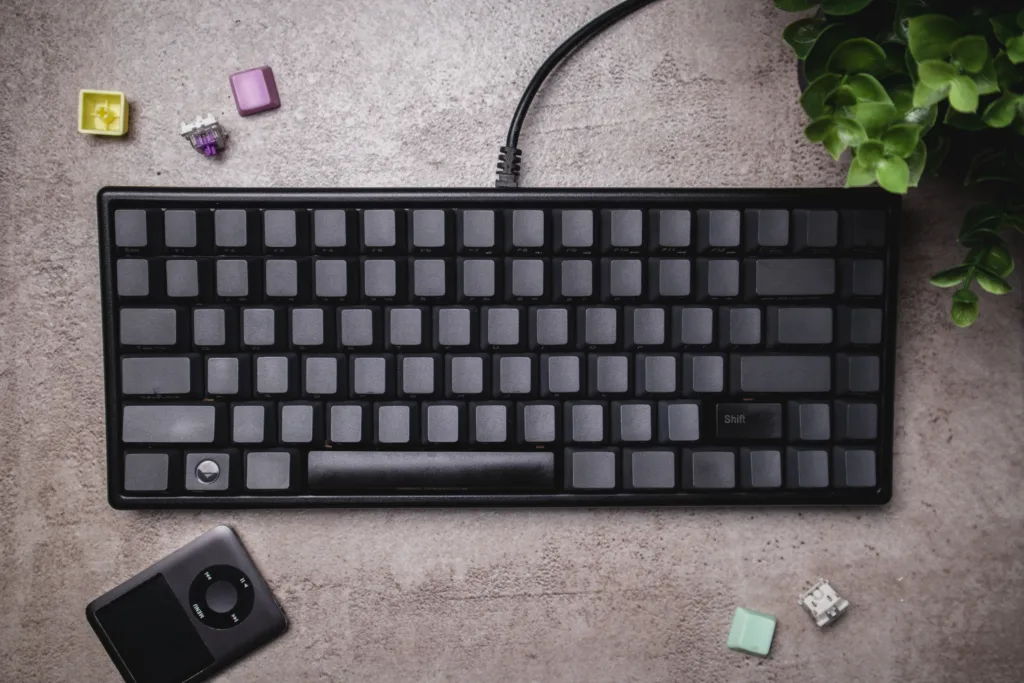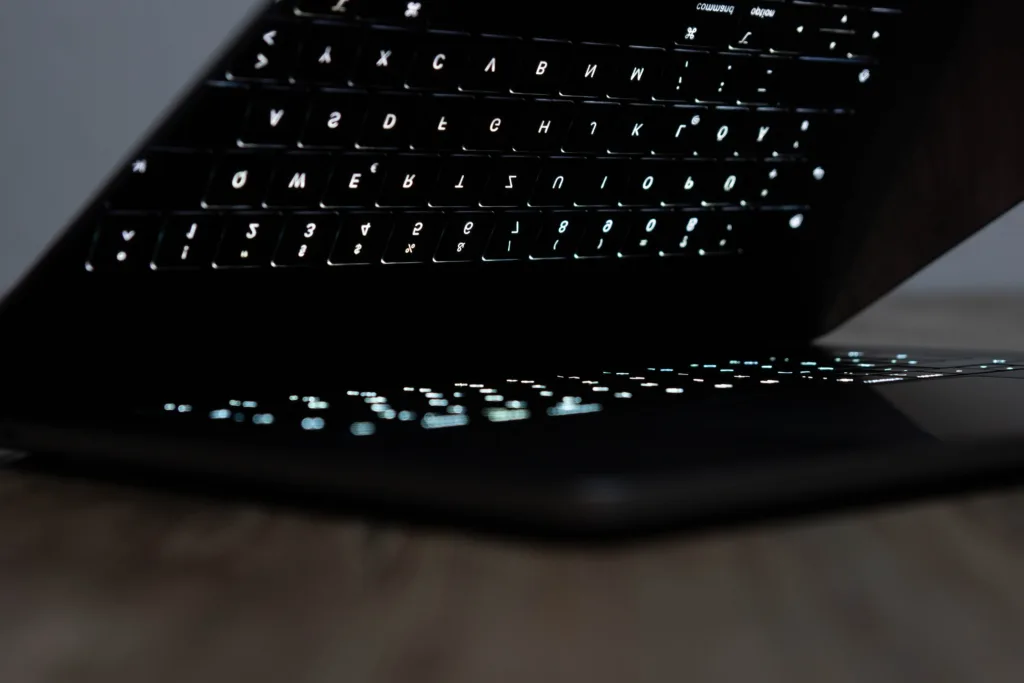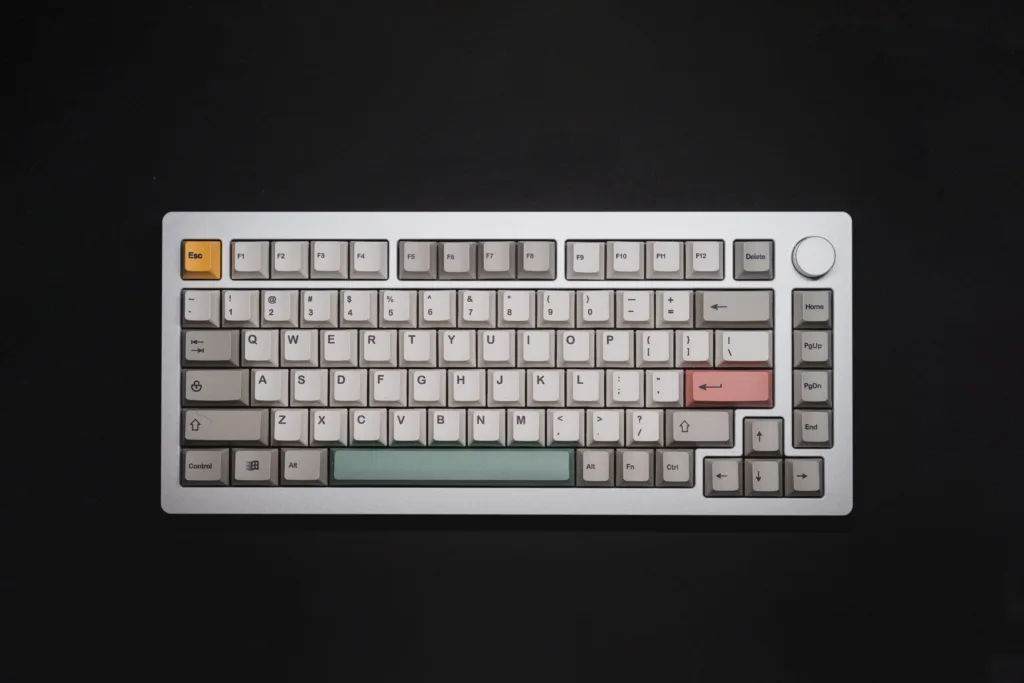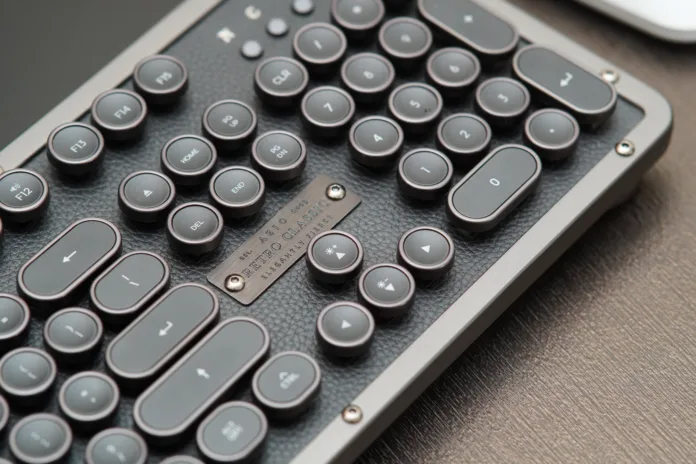PCBs are the unheralded silent actors in the ever-changing world of electronics. The complex interplay of data and power woven by these copper traces and silicon chips is what brings our gadgets, gizmos, and all electronic machines alive. Be that as it may, amidst the sea of PCBs, there’s a glint of something different-Mode Sonnet PCB.
The Essence of Mode Sonnet PCB in Electronics:
In fact, envision a PCB that is no longer just about connections. Imagine an impregnable circuit board that can help unleash customization, upgrade performance, and establish new standards of beauty. This is the spirit of the Mode Sonnet PCB. It’s not only a canvas for components, it’s a platform for individuality, personality and an indelible user experience.
Pioneering Advances in Printed Circuit Board Technology:
The Mode Sonnet PCB is not just an advance; it’s a breakthrough in PCB design. It boasts a plethora of groundbreaking features that rewrite the rules of the game:
• Hot-swappable sockets: Ditch the soldering iron! You can change the switches in your keyboard like changing clothes, giving you ultimate versatility and experimentation.
• Multiple layout options: These days there are no more one-size-fits-all keyboards. Sonnet PCB designs for different tastes, with support ranging from the 75 %-sized to the full size.
• Premium materials and construction: Understand the importance of excellent parts and thought-out designs. The Sonnet PCB, from board material to contact plating demonstrates the hallmarks of quality and precision.
• Uncompromising aesthetics: This is beauty in form and function combining. The design of the Sonnet PCB is beautifully clean, with an accent piece that lets you customize your keyboard and make it into a statement sculpture.

Navigating the Landscape of Modern Electronic Components:
Another world The Mode Sonnet PCB sits at the center of a rapidly evolving environment. This blends perfectly with the latest generation of electronic components, enabling you to use advanced microcontrollers, LED displays and switches. From the experienced enthusiast to a budding tinkerer, regardless of your level the Sonnet PCB gives you room to bring your creativity into play and try out all kinds of virgin territory in electronics.
Our exploration of the world of the Mode Sonnet PCB will start here. Read on to get a closeup view of its marvelous technical features, the possibilities for custom applications and the future it holds for electronics.
Understanding the Mode Sonnet PCB: Unveiling its Inner Workings
All in all, the Mode Sonnet PCB is not just an amazing work of modern engineering. It’s also a masterwork of purpose and design. Understanding its splendor requires that we go deeper, examining the principles behind it and following the development of a burgeoning movement.
Definition and Core Functionality:
Decoding the Concept of Mode Sonnet PCB:
The Mode Sonnet PCB is at its core a 75 % layout keyboard PCB designed for extreme tweakability and performance. Picture a printed circuit board not just connecting components, but empowering creativity through features like:
Hot-swappable sockets: Easily replaceable switches allow you to try throughout with different kinds of feel and effectiveness. No soldering iron needed at home.
Multiple layout support: Craft your ideal keyboard experience. Select from 75 % layouts with different function key arrangements to specifically suit your own work habits.
Programmable microcontroller: Harness the power of custom firmware, program an unlock by modifying your keyboard’s operation to suit your own needs and preferences.
Unique Contributions to Electronics:
The Sonnet PCB transcends the mundane, making waves in the electronics world by:
• Elevating the user experience: Through its focus on customization and ergonomics, it creates a stronger bond between user and machine.
• Democratizing keyboard building: Everyone can build and modify keyboards now, not just soldering pros. Hot-swappable connectors make the process easy.
• Sparking innovation: Further improvements are expected to be made in high-tech PCB applications and components, inspired by the success of the Sonnet.

Evolution of Sonnet Technologies:
The Sonnet PCB couldn’t have just appeared overnight. This is the fruits of years of hard work and research in the field of keyboard technology.
Tracing the Historical Development:
Early Mechanical Keyboards: Hefty and unadulterated, these pioneers paved the way for future developments.
Membrane Keyboards: Small and inexpensive, but lacking the satisfying feel of mechanical keyboards.
Custom Mechanical Keyboards: The enthusiasts took it further, creating hand-wired PCBs and interface layouts.
Hot-Swappable PCBs: The game-changer! The need for soldering is overcome, and users can experiment with switches and quickly prototype.
Milestones Leading to the Mode Sonnet PCB:
• Mode SixtyFive and Eighty: These high-quality, hot-swappable PCBs made Mode Designers pioneers.
• Sonnet Prototypes: The first prototypes developed special styles and layouts that laid the foundation for the finished product.
• Mode Sonnet Release: A Sonnet PCB, the result of years of hard labor, provides new capital for custom keyboards.
But this little expedition into the world of the Mode Sonnet PCB hardly begins to penetrate its mysteries. In the next few sections, we will explore its technical capabilities, customizability and the challenge it poses to traditional keyboards. Don’t miss the next episode of this dramatic journey!
Key Features and Specifications:
The Mode Sonnet PCB isn’t just a pretty face; it is beautiful architecture and pioneering technical specifications. Let’s delve into two key features that elevate the Sonnet to the pinnacle of PCB design:
High-Frequency Signal Integrity:
Where old-style PCBs may trip up at speed, the Sonnet PCB flows easily. Just imagine-signals, the lifeline of your keyboard winding through their little circuit paths in complete clarity and precision. This isn’t magic; it’s the result of:
Optimizing Transmission at Elevated Frequencies:
• High-quality materials: With the added use of multi-layer PCBs with a stable, strong, and corrosive resistant FR4 glass epoxy substrate, there is little cross talk and strong cases can be made for high clock speeds.
• Precision routing: Each trace is designed and laid out, so not only is impedance mismatch reduced to a minimum, there are also no reflections of the signal.
• Grounding and shielding: Through ground planes and shielding, external noise is kept at bay, enabling the signal to maintain its purity amidst complicated surroundings.
Reducing Signal Loss and Interference:
• Gold-plated contacts: These costly links are corrosion-resistant and have unimpeded conduction, guaranteeing there will be no signal jams.
• Decoupling capacitors: In addition, strategically placed capacitors act as absorbers of unwanted noise.
• Differential routing: An adopted advanced technique cancels out noise, with most high-speed signals such as USB being sent simultaneously on two closely placed traces. The resulting data accuracy is outstanding.
Miniaturization and Component Density:
With the Sonnet PCB, compactness and power are skillfully balanced. Packed in a 75 percent format, it doesn’t waste any space on your desk, yet has everything you need. This feat is achieved through:
Compact Designs for Modern Electronic Devices:
• Multi-layer construction: The vertical stacking of components creates a flat profile that makes the most out of limited space.
• Precise component placement: Each chip and switch is carefully placed to minimize routing and maximize space.
• Integrated features: The dedicated controllers and lighting systems also reduce the size of the device, while further simplifying operation.

Enhancing Performance Through Component Arrangement:
Short signal paths: Shortening trace lengths decreases the loss of signals and increases overall efficiency, particularly for high frequency.
Optimized power delivery: Carefully arranged power planes and decoupling capacitors are able to provide stable and effective distribution of power across the PCB.
Heat dissipation: The layout is designed with component heat into account as well as the flow of air, so that thermal throttling is avoided and performance remains stable.
These are but a few examples of the technical wonder that is the Mode Sonnet PCB. Imbued through the painstaking attention to detail given to high- frequency signal integrity and miniaturization, the Sonnet pursues the outer limits of what’s possible in keyboard design, providing you with a powerful, compact and future proof platform from which to achieve your creative goals.
Keep watching as we share more stories from the lively world of customization and take a look at the community that has adopted the Sonnet PCB.
Conclusion: The Enduring Legacy of the Mode Sonnet PCB
The Mode Sonnet PCB is more than a piece of hardware. It’s an example of the limitless possibilities of human creativity. It is redefining the limits of custom keyboards and enabling users to carve out their ideal computing space. The Sonnet PCB is more than a technical achievement. It also fosters a thriving online community of enthusiasts who enjoy customizing and making their own things, people with similar ideas about what’s possible.
What, then, is the future for the Mode Sonnet PCB? The effect of this is not limited exclusively to keyboards, however. It also sets a new pattern for future electronic designs, in terms of innovative lead-in, signaling and component placement. As technology advances, the Sonnet’s principles guarantee that new wonders will come in the world of electronics.
FAQs:
Is the Mode Sonnet PCB for beginners?
While the hot-swappable sockets make it less difficult than ever to experiment, the Sonnet PCB nevertheless targets fans who are comfortable with primary assembly and software program customization. Resources and tutorials are to be had, however a few prior tech savviness is recommended.
Where can I purchase a Mode Sonnet PCB?
Limited runs are sometimes launched through Mode Designs’ internet site and associate retailers. Join their mailing list and comply with their social media to stay updated on upcoming drops.
What other device do I want for a Sonnet PCB construct?
You’ll need switches, keycaps, stabilizers, a microcontroller, and a cable. Additional accessories like lighting LEDs and sound dampening materials are optionally available but can in addition personalize your keyboard enjoy.
Can I use the Sonnet PCB with pre-constructed keyboards?
Unfortunately, the specific layout and layout of the Sonnet make it incompatible with maximum pre-built keyboards.
What are the blessings of a warm-swappable PCB?
Hot-swappable sockets will let you test with different switches without soldering, making it clean to discover your perfect typing feel and sound. It additionally opens the door for clean upkeep and renovation.
What makes the Sonnet PCB stand proud of different warm-swappable PCBs?
The Sonnet prioritizes high-frequency sign integrity and aspect density, presenting advanced overall performance and a compact design. Additionally, its specific aesthetics and programmable microcontroller offer further customization alternatives.
What are a few destiny opportunities for the Sonnet PCB?
Future iterations may want to discover even higher-density layouts, included wireless functionality, and superior lighting and audio capabilities. The community’s involvement will probable play a crucial position in shaping the Sonnet’s destiny.

